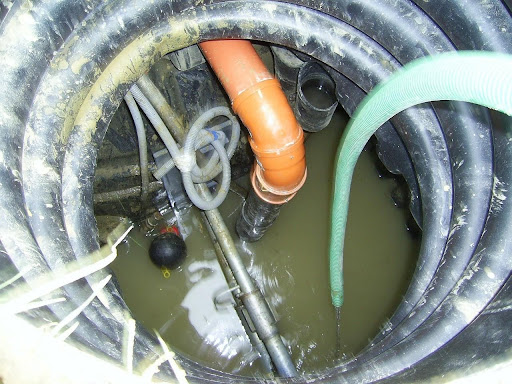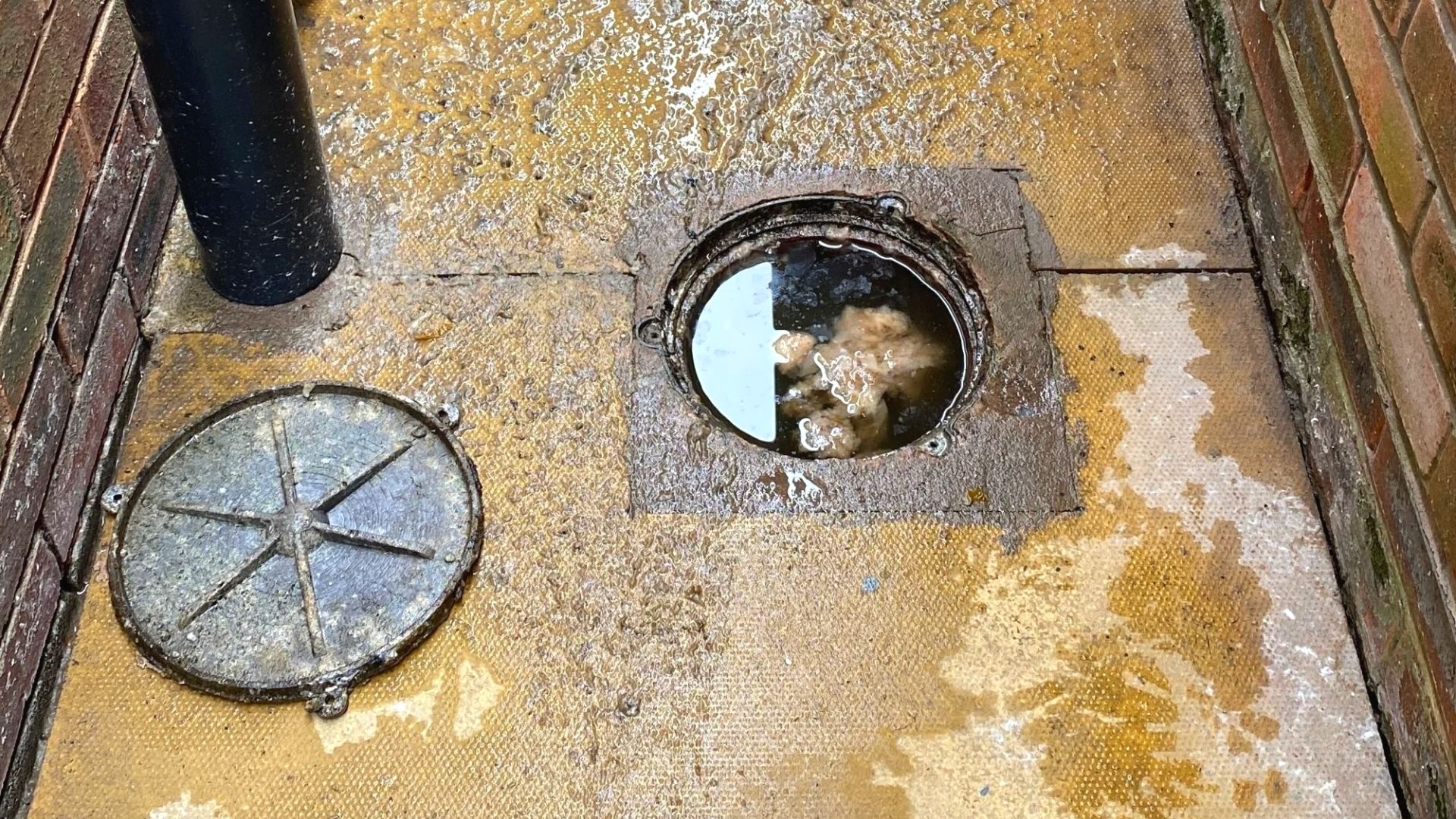Advice for Handling a Blocked Drain Before Contacting Professional Plumbers
Advice for Handling a Blocked Drain Before Contacting Professional Plumbers
Blog Article
How do you actually feel in regards to 8 Tips For Clearing A Blocked Drain?

Intro
Handling an obstructed drainpipe can be an aggravating experience, disrupting everyday activities and possibly causing damages to your building. Nevertheless, before reaching out to plumbing professionals, there are actions you can take to attend to the concern on your own. In this guide, we'll explore DIY services and preventive measures to take on a blocked drainpipe effectively.
Recognizing the Issue
The primary step in resolving an obstructed drain is recognizing the signs. Slow-moving drainage, gurgling audios, foul odors originating from drains, or water backing up prevail indicators of an obstructed drainpipe. Recognizing these signs early can help stop better problems.
Choosing the Right Plumbing Solution
When choosing a plumbing service, think about variables such as experience, licensing, and consumer testimonials. Select a credible plumbing technician with a track record of high quality craftsmanship and clear prices methods.
Cost Factors to consider
The expense of professional drainpipe cleaning company can vary depending upon the severity of the obstruction and the plumbing professional's prices. Request quotes from several suppliers and inquire about any kind of service charges to ensure transparency and avoid surprises.
Safety Precautions
When trying do it yourself drain cleaning, focus on safety. Wear safety handwear covers and glasses to avoid contact with damaging chemicals or bacteria. Never ever blend various drain cleaning products, as this can produce dangerous fumes.
Situation Studies
Real-life examples highlight the performance of DIY services and the importance of prompt expert intervention in solving drain clogs.
Usual Reasons For Obstructed Drains
Comprehending the elements that contribute to drain obstructions is important for effective resolution. Usual offenders consist of hair, soap residue, oil, food particles, and foreign items like hygienic products or paper towels. Tree origins getting into below ground pipelines can also cause substantial clogs.
DIY Solutions
For small obstructions, numerous do it yourself options can be efficient. Pouring boiling thin down the drain can aid dissolve grease and debris. Baking soda and vinegar or a mix of salt and baking soft drink can serve as all-natural cleansers. Utilizing a bettor or pipes snake to dislodge blockages is one more alternative.
Tools and Devices
Having the right tools available can make do it yourself drain cleaning up extra efficient. A bettor is a functional device for clearing obstructions in sinks, bathrooms, and showers. A plumbing snake or auger can reach much deeper blockages, while drainpipe cleaning chemicals can be made use of cautiously for stubborn obstructions.
Preventive Measures
To avoid future blockages, taking on safety nets is essential. Mount drainpipe guards or strainers to catch hair and particles before they get in the pipes. Regularly flush drains pipes with warm water to dissolve grease accumulation, and stay clear of dealing with oil or solid waste down the tubes.
When to Call a Professional
While DIY options can fix minor obstructions, particular indications show the demand for specialist aid. Persistent blockages, foul odors despite cleaning initiatives, or numerous drains backing up at the same time are red flags that necessitate experienced treatment.
Final thought
By following the ideas outlined in this overview, you can effectively take on blocked drains and avoid future pipes concerns. Whether selecting do it yourself options or looking for expert assistance, timely action is key to preserving a healthy and balanced pipes system and protecting the integrity of your home.
WHAT I LEARNED FROM TRYING TO DEAL WITH A CLOGGED DRAIN
We have had our share of seepages and other annoying things that are part of living, especially in an apartment complex. And if there’s one thing that’s terrifying for a homeowner—or even someone in a rented home—it is a clogged drain, indoors or outdoors.
We enjoy our living space, but it’s simply a fact of life that dead skin, soap and a host of other items go down the drain; eventually, the residue builds up and prevents anything from moving. Ugh.
Not Calling A Professional
Of course, it might seem simple to just whip the pipe off under the sink and see if you can unblock it. Unfortunately, what if the blockage isn’t there, or you don’t reconnect it properly? Worse, you might break a piece and have no drainage system. Can you imagine that scene? Yuck!
Not Watching Your Waste
This will sound d’uh, but the best tip I can give you for drain cleaning is to avoid clogging the drain in the first place! You can do this by monitoring what goes down the drain and catching the items which are most likely to give you a problem. Invariably hair, vegetable peels, and large wads of toilet paper are the most obvious culprits. Add a filter—these are available in hardware stores and can be removed and cleaned easily.
Poking The Drain
The first urge with a clogged drain is to poke at it with a stick or anything that resembles a stick. Sadly, this does not result in magically solving the issue. The mental image is, naturally, one of the stick just pushing through the offending item and all is well again. Reality is quite different and unpleasant and likely to lead to further problems.
The thing is, every drain has a series of bends that are not visible to us. Drains are built this way to prevent gases from entering the house. What happens when you poke a stick into the drain? Of course, it can’t bend around the corner. The more adventurous people will use force and end up wedging the stick or causing it to break off in the pipe—creating an even bigger issue. Worst thing? The stick will shift the block further down the pipe, creating the space for more to collect. Go ahead! Roll your eyes!
Using The Wrong Plunger
You know what they say: the right tool for the right job! Did you know there are different types of plungers besides the basic one we keep at home for an emergency? Yes, there are. For example, the toilet plunger has a bell-shaped bottom while the sink plunger is flat. This is an important difference and using the wrong plunger will be useless. There’s also a knack in using plungers—they must be placed in such a way that they create an airtight seal and then, moved slowly up and down—not as fast as we imagine.
https://vidyasury.com/2018/01/learned-trying-deal-clogged-drain.html

I have been very fascinated by How to handle a clogged drain in your home and I'm hoping you appreciated our blog posting. If you appreciated our article if you please be sure to pass it around. We value reading our article about .
Website Report this page